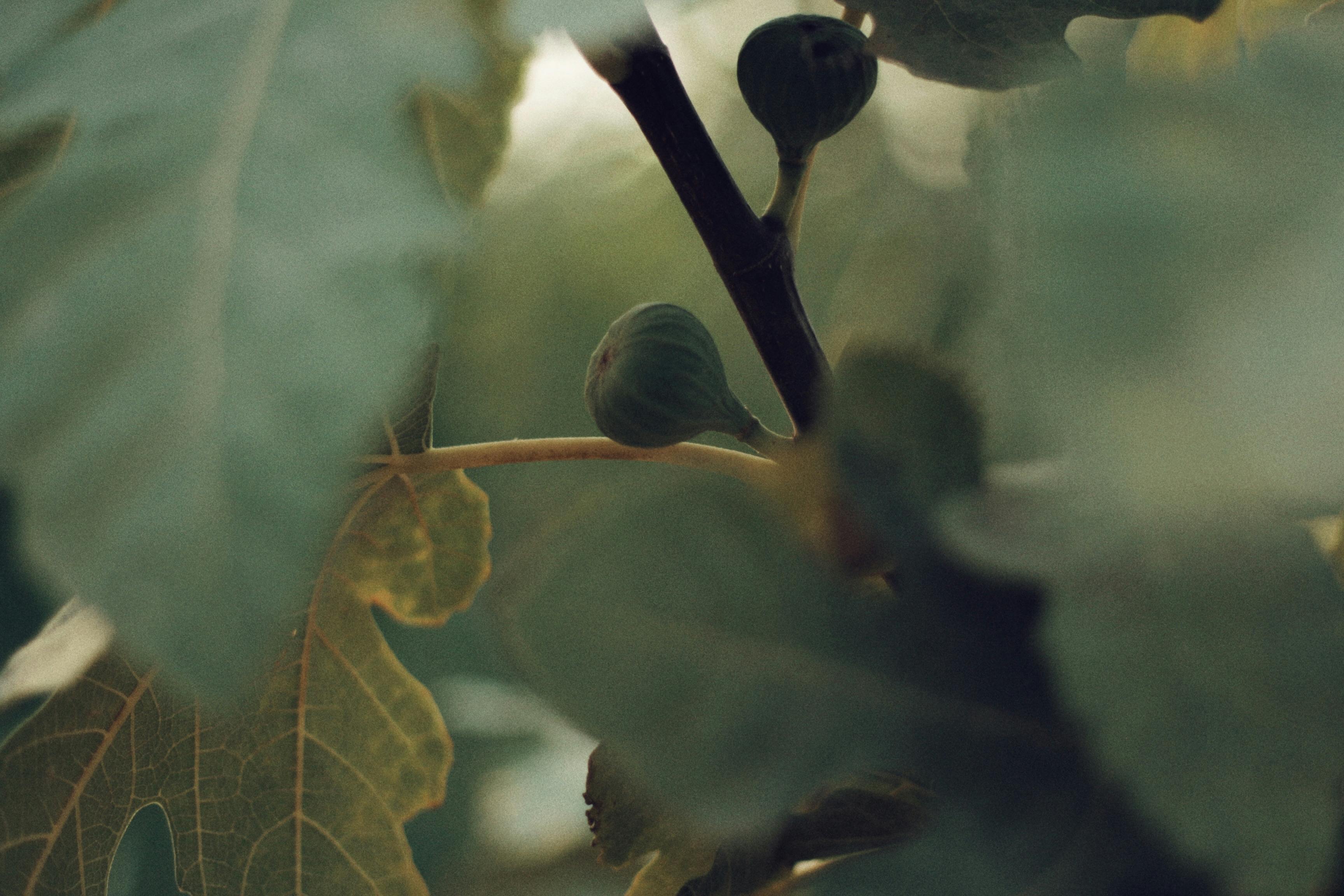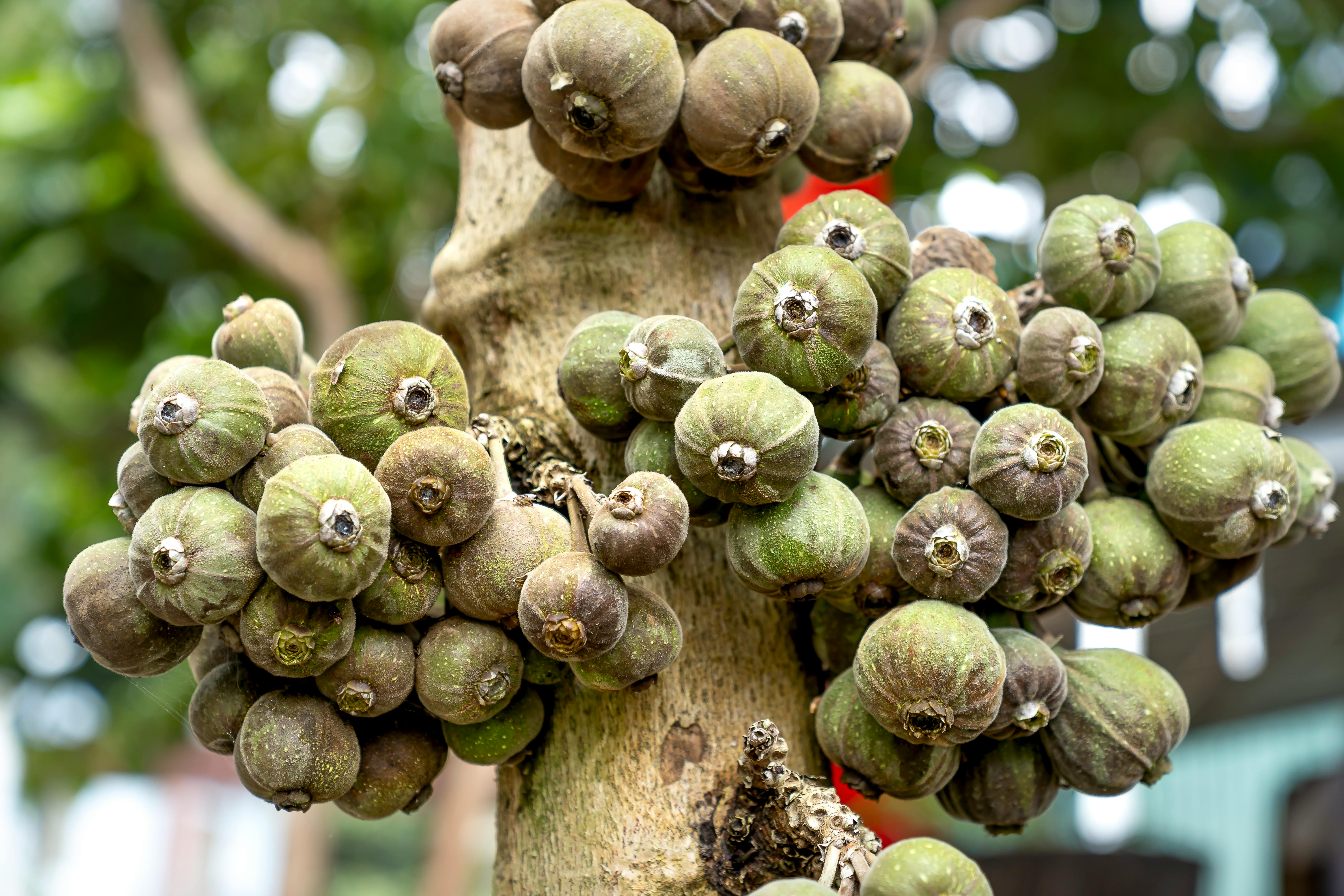Factors That Affect When a Fig Tree Bears Fruit
Fig trees are popular for their sweet, juicy, and nutritious fruit. But there are many factors that affect when a fig tree will bear fruit. These factors include the type of fig tree, climate, soil type, and pruning.The type of fig tree is one of the most important factors in determining when it will bear fruit. Most fig trees flower in the spring and produce fruit in the fall. However, some varieties of fig trees can produce fruit multiple times throughout the year.
Climate also plays an important role in when a fig tree bears its fruit. In cooler climates, figs tend to ripen later than in warmer climates. Additionally, prolonged periods of cold temperatures can delay or even prevent the fruiting process altogether.
Soil type is another factor that affects when a fig tree bears fruit. Figs need well-drained soil with plenty of organic matter to thrive and bear an abundant crop of fruits. If your soil is too clay-like or has poor drainage, it could affect when your tree bears its fruits.
Lastly, pruning is an important factor to consider when growing a fig tree as it can affect when the fruit is ready for harvest. Pruning helps to control size and encourages new growth which can lead to more abundant fruiting seasons for your tree. Although pruning should be done sparingly as too much can prevent fruiting altogether.
By taking all these factors into consideration, you can ensure that your fig tree will bear its delicious and nutritious fruits at the right time each year!
Planting Time for a Fig Tree
Fig trees are one of the most popular fruit trees for backyard gardens. Fig trees are extremely productive, and can provide delicious, sweet fruits for many years with little to no maintenance. However, if you want to ensure a successful harvest from your fig tree, you must choose the right planting time.For best results, fig trees should be planted in the late winter or early spring, when the ground is still cool and moist. This will give the tree plenty of time to establish a strong root system before the hot summer weather arrives. Additionally, planting in late winter or early spring will help to minimize pest problems that can occur during more humid periods of the year.
When planting fig trees it is important to use high-quality soil that is well-drained and rich in organic matter. If possible, adding an organic fertilizer or compost can help to improve soil fertility and ensure that your fig tree has access to all of the nutrients it needs for healthy growth and fruit production. Additionally, make sure that you select a sunny location with plenty of space for your fig tree to grow and thrive.
These tips will help you get the most out of your fig tree planting experience and ensure that you have a successful harvest each year. With proper care and maintenance, your fig tree will provide delicious fruits for many years to come!
What to Expect From a Fig Tree in the First Year
The first year of growth for a fig tree is an exciting time. As the tree establishes itself, you can expect to see new leaves, flowers, and of course, fruit. The fig tree typically takes between two and five years before it is mature enough to bear fruit. However, there are some things you can look forward to in the first year of growth.First and foremost, you should expect your fig tree to put out healthy new leaves. As temperatures warm up in the spring and summer months, the tree will start growing new leaves that will help it photosynthesize and create energy for its growth. These leaves should be bright green and full of life.
In addition to leaves, you should also expect your fig tree to produce small flowers that will eventually turn into fruit. These flowers are usually small and white or yellow in color, with several clustered together on a single stem. They won’t take very long to bloom but they don’t last very long either; they usually only remain open for a few days before fading away.
Finally, if all goes well with your fig tree’s first year of growth, you should expect to see some small fruits beginning to form during the late summer months. These fruits will grow slowly over time until they reach their full size by early autumn. Depending on the variety of fig tree you have chosen, these fruits may be yellow or purple in color when fully ripe.
How Long Does it Take For a Fig Tree to Bear Fruit?
Fig trees are one of the most popular fruit trees, prized for their sweet, juicy fruits. But how long does it take for a fig tree to start bearing fruit? The answer depends on several factors, including the type of fig tree and the climate in which it is grown.Most fig trees reach maturity and begin to bear fruit within three to five years after planting. This can vary depending on the type of fig tree and local climate conditions. For example, in warmer climates, fig trees may produce fruit sooner than in cooler climates. Some types of figs can also produce fruit in their first year after planting if grown in optimal conditions.Figs need plenty of sunlight and water to thrive, so providing these conditions will help ensure your tree produces a bountiful crop each year. You should also consider pruning your fig tree each year; this will help keep it healthy and increase its yield of delicious fruits.Overall, while there is no definitive answer to how long it takes for a fig tree to bear fruit, you can expect your tree to start producing within three to five years with optimal care and growing conditions. With a little patience and care, you’ll soon be enjoying sweet, juicy figs from your own backyard!
What Factors Influence When a Fig Tree Bears Fruit?
The timeframe for fig fruiting varies based on several factors, including climate, tree variety, and care practices. Warmer temperatures generally accelerate fruiting, while well-drained soil and adequate water supply encourage healthy growth. Additionally, the tree’s age and proper pruning techniques significantly impact when it will produce figs.
Pollination Requirements for Figs
Figs are unique in that they require pollination to produce fruit. This pollination is provided by a small wasp called Blastophaga psenes, which lives exclusively in figs. The female wasps enter the unripe figs through a tiny opening called an ostiole. Once inside, the female wasps lay their eggs and die, and their bodies provide essential nutrients for the developing wasp larvae. The male wasps emerge first and are responsible for pollinating the flowers within the figs, allowing them to set fruit. Without this process, it is impossible for figs to form fruit. Therefore, it is important to ensure that fig trees have access to populations of Blastophaga psenes in order to produce fruit successfully.Ensuring Maximum Fruit Production from a Fig Tree
Figs are a delicious and nutritious fruit that can be enjoyed fresh off the tree. For gardeners looking to get the most out of their fig trees, there are a few things to keep in mind in order to ensure maximum fruit production.First, fig trees should be planted in a sunny, well-drained location. Planting in an area with too much shade will reduce fruiting potential and lead to an overall decrease in yield. Additionally, adequate soil drainage is essential as waterlogging can cause root rot and other problems.
Second, fig trees require regular pruning to promote healthy growth and maximum yields. Pruning should be done at least once per year in early spring before the tree begins actively growing; this will ensure that all dead or diseased branches are removed and that the tree has enough space and light for optimal fruiting potential.
Third, fertilizing regularly is important for optimal fruit production. Fertilize your fig tree twice during the growing season (once in late spring and once early summer) with a 10-10-10 fertilizer or something similar. This will provide your tree with extra nutrients it needs to produce lots of sweet, juicy fruit.
Finally, it is important to keep weeds away from your fig tree’s roots as they can compete for valuable nutrients and water needed for growth and fruiting potential. Be sure to weed around your fig tree regularly throughout the growing season so that your fig tree has access to all of the resources it needs to produce maximum yields of tasty fruit!
Pruning Requirements for Figs
Pruning is an essential part of caring for fig trees, as it helps to promote healthy growth and ensure a good crop of fruit each season. Pruning should be done annually in late winter or early spring. When pruning a fig tree, begin by removing any dead or diseased branches. This will help to eliminate any diseases which may be present in the tree, and will also allow more light and air into the center of the tree. Next, trim back any branches that are growing too close together as this can reduce air circulation and cause issues with disease and pest infestation. Finally, prune away any branches that are growing at awkward angles or too far away from the main trunk of the tree.When pruning a fig tree, it is important to use clean cutting tools and make sure that all cuts are made at an angle to prevent water from pooling in them. It is also important to avoid pruning too vigorously as this can damage the health of the tree. Once you have finished pruning your fig tree, make sure to fertilize it regularly with a balanced fertilizer to ensure optimal growth and fruit production each year.

Conclusion
Fig trees are a popular choice for the home garden due to their hardy nature and the fact that they produce an abundance of fruit. While they may take a few years to start producing fruit, once established, fig trees can produce an abundant harvest each season. If you are looking for a rewarding and delicious addition to your garden, planting a fig tree is definitely worth considering.The time it takes for a fig tree to bear fruit will vary according to the variety and the growing conditions. However, generally speaking, most fig trees will begin producing fruit within 2-3 years of being planted in soil that is well-drained and rich in organic matter. With proper care and attention, your fig tree should be bearing fruit in no time!Overall, if you are looking for an easy-to-grow tree that provides delicious fruits with minimal effort, then the fig tree is a great choice. With its hardy nature and relatively short wait time before bearing fruit, you can enjoy an abundance of sweet treats from your own backyard in no time!


